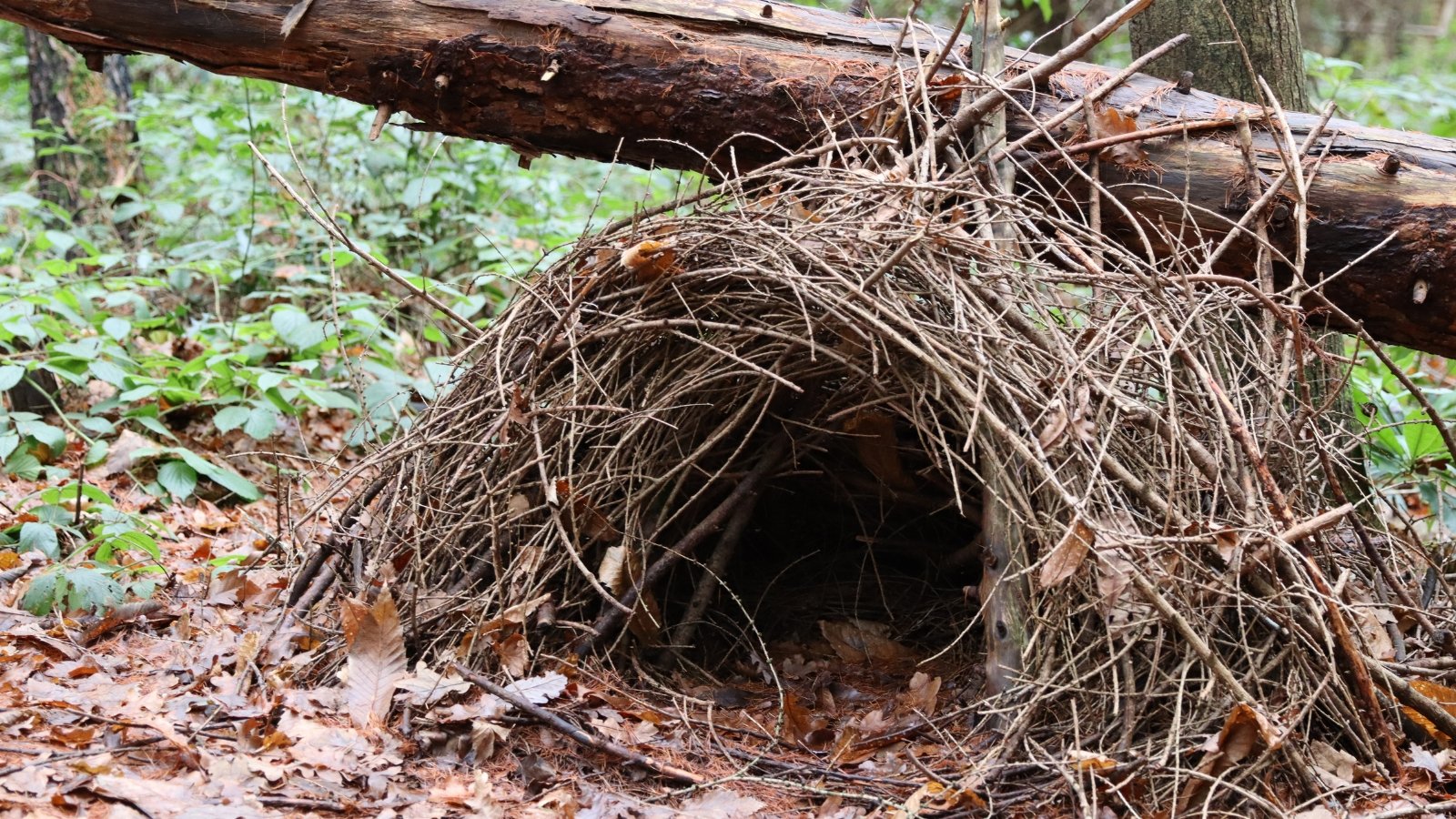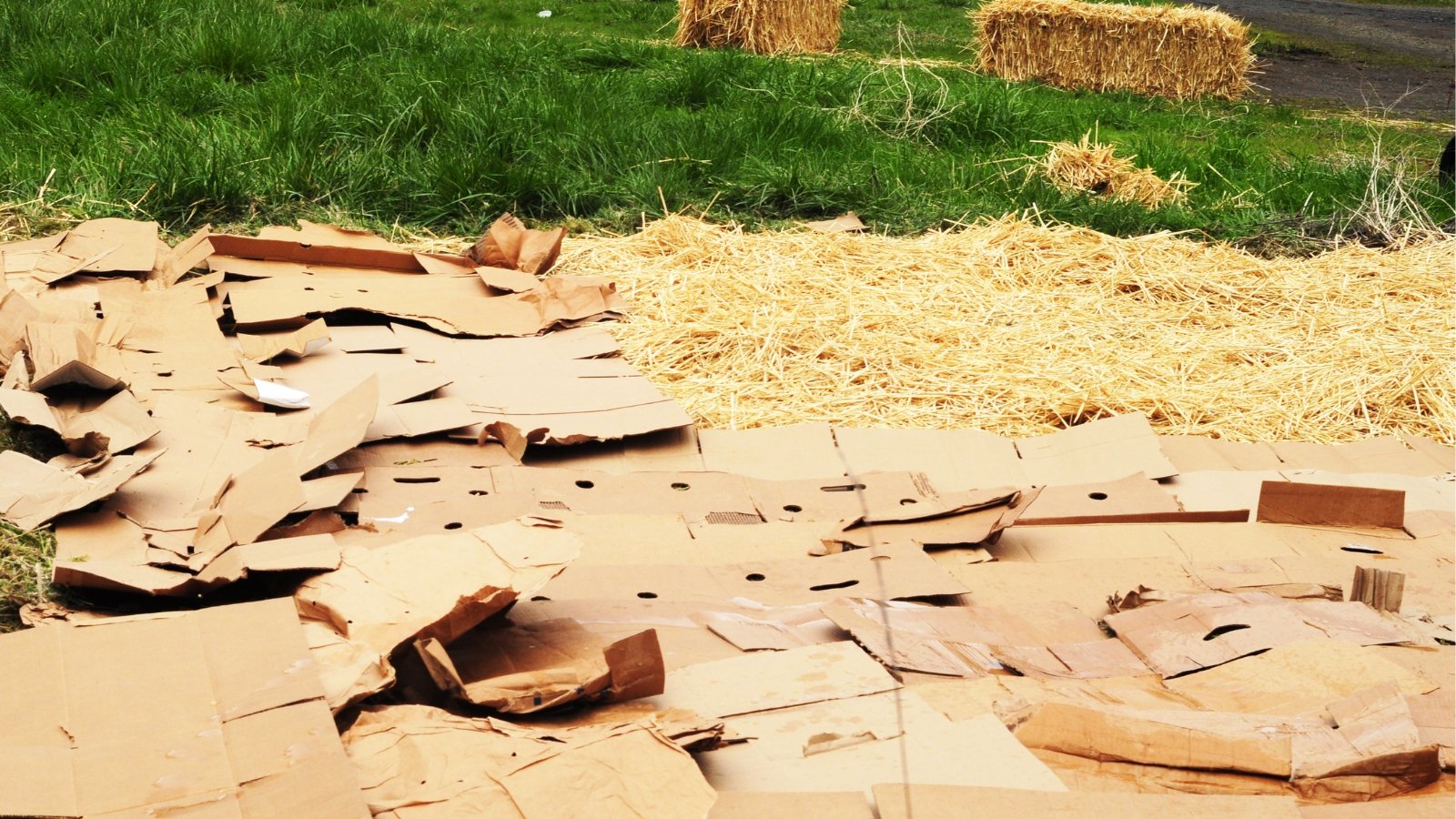[ad_1]
Conservation and biodiversity security doesn’t needs to be restricted to nationwide parks, state forests, and large swaths of protected land. Positive, these massive areas are utterly vital for wildlife, nevertheless I’m proper right here to argue that conservation can start small, correct in our yard.
Worthwhile security of biodiversity relies upon intently on our suburban backyards, cul de sac greens, hellstrip gardens, and all the little areas in between. And that’s a superb issue! Which suggests every gardener, whether or not or not they’ve a 5-acre yard or a 100-square foot balcony yard, has the possibility to create an oasis for wildlife. Merely suppose: If Individuals modified merely half of their grass backyard with native crops, we might create 20 million acres of wildlife habitat!
It’ll take additional than merely hanging a birdfeeder or two to flip your yard into healthful, functioning wildlife habitat. Gardeners might even need to interrupt away from their typical gardening habits. By making just some thoughtful adjustments to your yard practices, you might make your yard proper right into a haven for wildlife.
Be taught on and glean just some concepts for a fall yard cleanup that benefits the birds, bees, and each half in between.
Step 1. Reduce Once more on Chopping Once more


Tidying up the perennial mattress with a pair of pruners has acquired to be one of many essential satisfying yard duties (along with weeding, in my view!). Fall pruning can resize, reshape, and rejuvenate many shrubs and perennials. Nevertheless, consider easing up in your pruning practices, and allow your yard to assist wildlife properly into the winter.
In its place of pruning away seedheads, allow them to keep standing by the use of the winter. Dried seedheads current a late-season provide of nutrient-dense meals for birds and small mammals. As a bonus for us gardeners, as well as they add a great deal of fascinating texture and building in an in another case bare winter panorama.
Coneflower, bee balm, blue false indigo, black-eyed Susan, and milkweed, have considerably charming seedheads. Many grasses, like massive bluestem and pink Muhly grass, moreover current unbelievable fall coloration and privateness screening, together with nutritious wildlife meals.
Depart some stems! You could possibly be shocked to hearken to that these dried stalks and stems you normally can’t wait to chop down are actually pretty important for wildlife. Quite a few native bee species nest solely in gap plant stems or stems which have pithy (snug, spongy) amenities. Wild bergamot, Joe Pye weed, mountain mint, and even raspberry canes are all superb hollow-stem crops.
In case you ought to tidy some perennials, consider decreasing stems solely halfway down, or go away not lower than 8-10 inches intact. This may give your beds a neat look nevertheless nonetheless go away a great deal of building for bugs to tuck away for warmth and security.
Step 2. Make a Plan For Leaves


Fallen leaves are Nature’s cozy blanket, and they also current superb cowl for overwintering moths, butterflies, bumblebees, and totally different bugs. When you scoop, bag, and haul away your entire fallen leaves, you are not solely “throwing away” potential mulch and compost supplies, nevertheless you are moreover eradicating important wildlife habitat.
Wanting to help wildlife nevertheless not loving the look of a leaf-covered backyard? Listed under are just some strategies to strategically deal with fallen leaves:
- Ponder leaving not lower than some leaves the place they fall, like these in once more corners of the yard or totally different out-of-the-way areas. Rake up leaves from the doorway yard or immediately adjoining to the house and toss them throughout the compost. Dried leaves are carbon-rich “browns” that help stability out nitrogen-rich “greens”.
- Cowl any bare soil or empty yard beds with leaves. Bare soil is susceptible to erosion, compaction, and naturally, weeds. I add a healthful layer of leaves over my veggie beds after they’re cleaned out for the season then merely push the leaves out of the easiest way when it’s time to plant throughout the spring. Leaves are palms down, my favorite mulch!
A typical concern is that leaves will smother and kill the grass backyard. A really thick, matted layer of leaves can encourage rot, nevertheless luckily, most grass isn’t bothered by an inch or two of leaves. In case you might be nonetheless fearful, a quick transfer or two with a backyard mower will chop leaves up into small bits. Chopped mulched leaves aren’t as defending of overwintering wildlife, nevertheless they will help put pure matter once more into the soil.
One spot the place leaves must be eradicated? Rake leaves from walkways, patios, and totally different intently trafficked areas. As quickly as moist, leaves might make some surfaces slippery.
Step 3. Assemble Habitat


Doing just a bit yard renovation and questioning what to do with all that woody particles? In case you don’t plan to compost it, why not create a brush pile?
A brush pile is a mound of branches, twigs, stumps and totally different clear woody particles (no dealt with or painted lumber). Brush piles are used to create cowl for songbirds, small mammals, reptiles, and amphibians when pure cowl is restricted. Wildlife will luckily use your discarded tree and shrub trimmings for nesting, winter shelter, and security from predators.
One caveat for gardeners to recollect: Know your invasive crops and make sure you’re not accidentally spreading seeds or root fragments.
Step 4. Preserve Bushes, Even the Ineffective Ones


Bushes don’t lose their ecological value as quickly as they die! Larger than 100 species of birds, mammals, reptiles, and amphibians rely on lifeless standing timber for nesting and shelter. Try to retain lifeless standing timber, or snags, every time attainable. In case you dwell in an metropolis or intently developed area, protect lifeless standing timber in the event that they’re downhill or leaning away from infrastructure.
In case you do should convey down a snag on account of it poses a hazard, consider leaving the log in your property. Frogs, snakes, salamanders, chipmunks, and mice, and further use fallen logs for shelter. Foxes might use big logs for dens. Skunks and totally different scavengers rely on the bugs hiding in and under logs for meals. Downed logs assist fungi and bugs as they decompose and feed the soil below. Briefly, lifeless timber assist the whole meals web, from excessive to bottom!
It’s understandable, nonetheless, while you don’t need a dull log laying all through your entrance walkway. Relocate a fallen log to the once more nook of your yard, the place it could nicely proceed to supply for wildlife with out being entrance and coronary heart of your non-public residence. Larger however, add it to your brush pile!
Step 5. Plant Additional Vegetation


It’s time to ditch the sterile expanse of backyard that helps only some species however requires tons of water and fertilizer to handle. And fall is a fabulous time in order so as to add additional perennials, shrubs, and timber to your yard! Nonetheless-warm soil encourages healthful root enchancment, and cooler air temperatures suggest a lot much less drought-stress and fewer competing weeds. Fall-planted seeds will revenue from a variety of weeks or months of chilly stratification.
Within the case of together with additional crops, suppose choice—every in dimension and seasonality. Plant layers of tall, medium and low-growing crops to assist quite a lot of pollinators, birds, and mammals. Bushes current cowl cowl for animals to perch and conceal. Medium-sized shrubs and perennials fill the understory, feeding pollinators and birds. Grasses and ground covers allow wildlife to forage and nest.
Plant a variety of crops that bloom at completely totally different cases of the yr. This ensures that there is always one factor in bloom, providing a great deal of nectar and pollen for bees, butterflies, and hummingbirds. Fall-blooming crops like asters, coneflower, and goldenrod are significantly helpful for migrating species along with individuals who overwinter in place.
Step 6. Now Plant Additional Native Vegetation


Whereas we’re with regards to together with new crops to the yard, let’s talk about native crops.
Native crops current vital nuts, seeds, fruit, nectar, and pollen that native wildlife have tailor-made to rely on. Native crops have co-evolved with many different bugs, which are not solely important pollinators, however as well as the underside of meals webs and defenders of our gardens from detrimental pests. As rather a lot as we gardeners prefer to hate on the bugs, they’re obligatory meals for birds, frogs, turtles, and further.
Supporting wildlife is just one perk of these extremely efficient crops! Native crops are tailor-made to the native soils and native climate, so that they’re typically hardier and additional resilient than ornamental crops. Native crops can get by with a lot much less fertilizer, fewer pesticides, and normally a lot much less coddling than their ornamental counterparts.
Know your ecoregion! Do you reside and yard throughout the chilly and rocky northeast? Or is your yard located throughout the dry desert space of the southwest? Understanding your yard’s distinctive combination of rainfall, temperature, elevation, and geology will make it simpler to resolve whether or not or not a lowbush blueberry or a prickly pear is best-suited for it. Choose crops native to your ecoregion, and they also’ll be sure you thrive and assist native wildlife.
Step 7: Skip the Chemical compounds


The analysis are clear and plentiful: chemical-based pesticides and herbicides are detrimental to wildlife. Typically on the market herbicides adversely impact 93% of our endangered and threatened species. Pesticides and herbicides have been confirmed to majorly reduce the biodiversity of aquatic organisms. Pesticides banned means again are nonetheless detectable in soils and small mammals.
So what’s a gardener battling yard pests and weeds to do?
Roll up your sleeves and get to work. There are numerous strategies to suppress pesky weeds and deter insect intruders in your yard that don’t comprise toxic chemical compounds. These require just a bit planning and, admittedly, just a bit labor, nevertheless they’re safe and environment friendly in the long run:
- Fall is an excellent time to take care of weeds by means of tarping and sheet mulching. Smothering weeds now will cease them from popping up throughout the spring. I’ve had a complete lot of success eradicating crabgrass by utilizing a one-two punch of pulling up the grass by hand, then masking the realm with cardboard and mulch. Quite a few months of snow, mulch, and cardboard has saved it from coming once more.
- Interplant strongly scented crops amongst your ornamentals and edibles. Intently scented marigolds, rosemary, and chrysanthemums would possibly assist deter frequent yard pests like spider mites, tomato hornworms, and even ticks.
- In case you’ve exhausted each half and want to present to a chemical, apply neem oil. When used sparingly, neem oil can administration bugs like Japanese beetles, leafhoppers, spider mites, thrips, and aphids. It moreover reduces the unfold of fungal illnesses like fireside blight and powdery mildew. All of this, and neem oil is just about non-toxic to birds, mammals, and bees.
Key Takeaways
Making a wildlife-friendly oasis doesn’t ought to suggest forgoing a tidy-looking yard! Softening your yard cleanup methods shall be as simple as foregoing the chemical compounds, leaving some seeds and stems, and being barely strategic with leaf raking. Only a few simple steps can go an excellent distance in nurturing your yard’s pure magnificence and ecological resilience.
[ad_2]
Provide hyperlink
